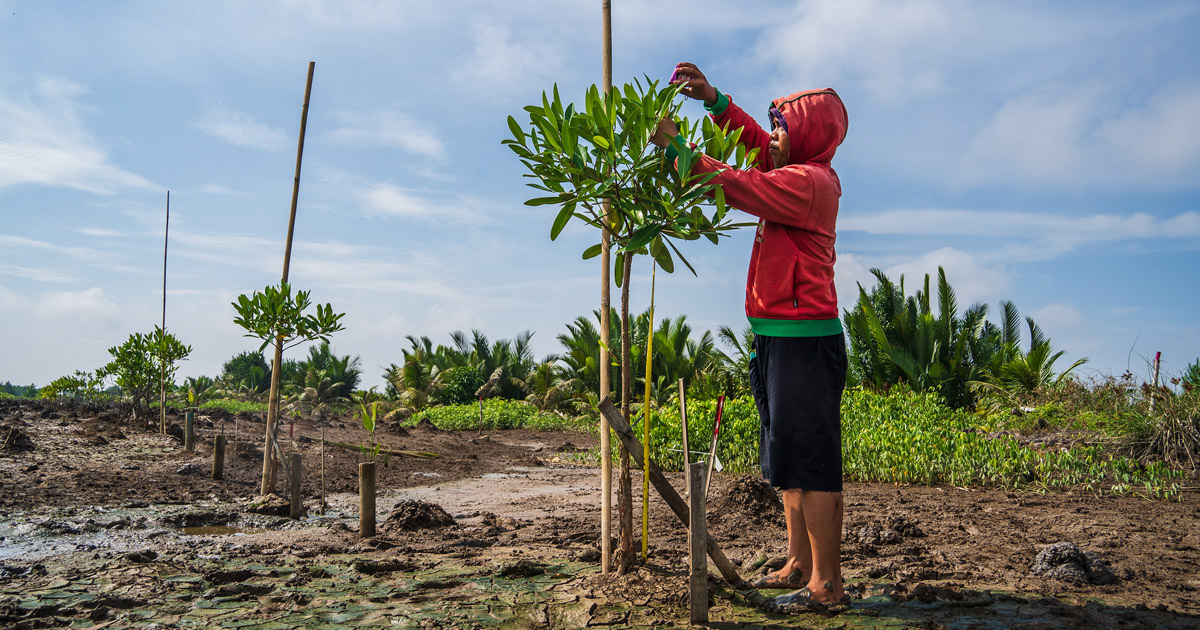The rapid increase in human population, and the corresponding worldwide enhancement of social and economical conditions, are exerting a considerable pressure to convert forests to other uses. Moreover, these phenomena raise the demand for food, fuel, wood fibers and other non-wood products, contributing to a further boost of the production pressure in the surviving forests. Simultaneously, these forests are expected to provide a diverse array of environmental services.Furthermore, smallholder forestry systems are prominent components of ‘trees outside the forest’ in Southeast Asia and they are primarily ‘planted’ systems that rehabilitate or reforest marginal lands, in order to produce tree products and services. As they traditionally are a means of producing goods for home consumption, they have become significant suppliers of products for local, national and international markets.The aim of this paper is to demonstrate that smallholder forestry systems are a viable management system which is significantly contributing to global environmental goals and local economic objectives. This paper reviews global and Asian trends of human population growth, deforestation, and demand for forest and tree products.The origin, the diversity, the adaptable management and the importance of smallholder tree-based systems are here discussed and significant details are provided on the role of smallholder tree-based systems in the mitigation of deforestation, which could be obtained by expanding regional forest resources; in supplying alternative sources of forest products and environmental benefits; and in making significant contributions to local livelihoods for rural communities.
DOI:
https://doi.org/10.12899/ASR-1125
Altmetric score:
Dimensions Citation Count:
























